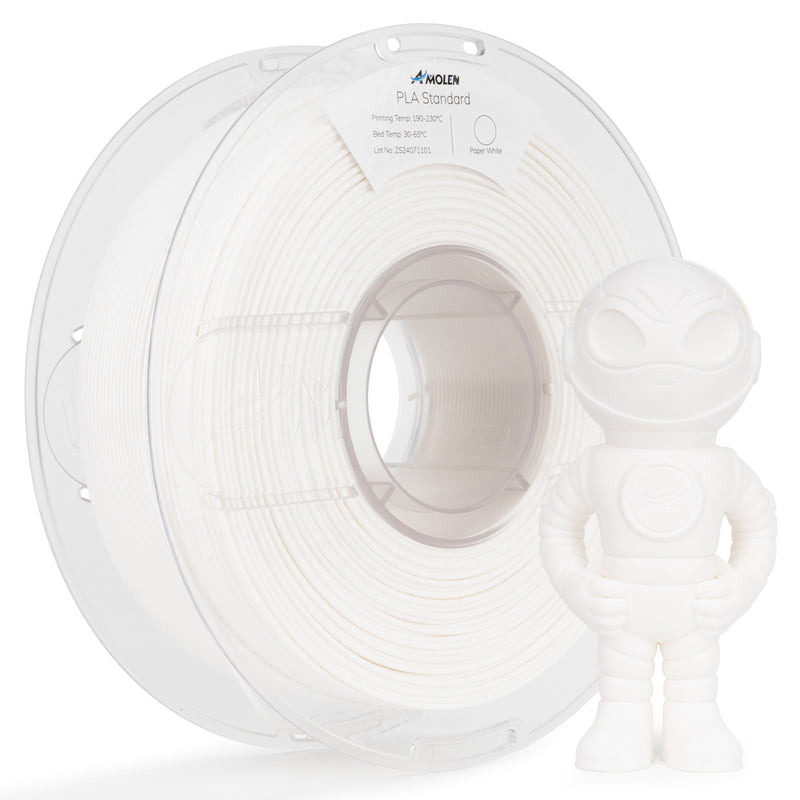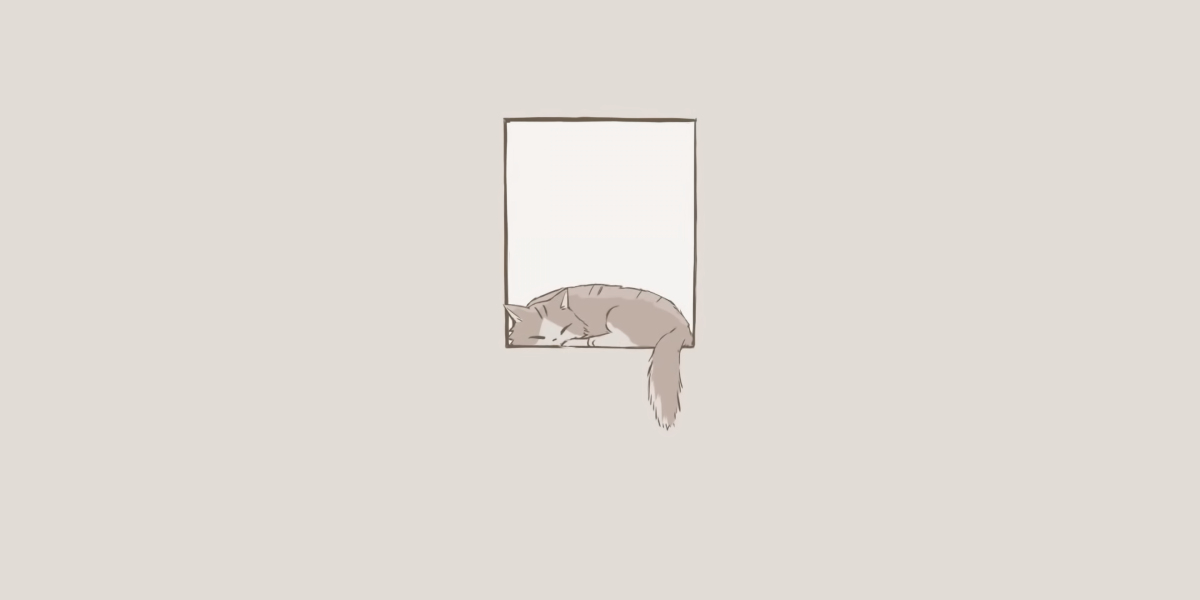Unlocking the Secrets to Finding Your Perfect 3D Printer Filament!
Choosing the right 3D printer filament is essential for achieving successful printing projects, whether you're a hobbyist or a professional. The filament you select significantly affects the quality, durability, and appearance of your final print. With an array of options available, each type of filament brings its own unique properties to the table, shaping your creations in ways you may not have initially considered. From the popular PLA to the sturdy ABS, understanding these materials can help you make informed decisions that elevate your 3D printing game.

Understanding 3D Printer Filaments
3D printer filaments are the thermoplastic materials used in the additive manufacturing process. They are fed into a 3D printer, where they are melted and extruded to create three-dimensional objects layer by layer. The choice of filament plays a crucial role in determining the characteristics of the final print. Some of the most commonly used filaments include PLA (Polylactic Acid), known for its ease of use and eco-friendliness; ABS (Acrylonitrile Butadiene Styrene), favored for its strength and durability; and PETG (Polyethylene Terephthalate Glycol), which offers a balance of strength and flexibility. Each of these materials has its own unique properties, making them suitable for different applications, from simple prototypes to complex functional parts.
Factors to Consider When Choosing Filament
When selecting filament, several key factors come into play. First, consider the print temperature and settings required for each material. For instance, PLA typically prints at lower temperatures compared to ABS, which requires higher heat to melt properly. Next, evaluate the durability and flexibility of the filament. While ABS is more impact-resistant, PLA offers greater rigidity, making it suitable for different applications. Color and finish options also deserve attention, as they can dramatically affect the aesthetic outcome of your prints. Lastly, it’s essential to think about environmental considerations—some filaments are biodegradable, while others may release harmful fumes during printing. Choosing the right filament involves weighing these factors against the specific needs of your project.
Where to Find 3D Printer Filaments
Sourcing 3D printer filaments can be done through various channels. Online marketplaces provide an extensive range of options, allowing you to compare different brands and materials easily. Local craft and hobby shops can also be excellent sources, particularly for those who prefer to inspect the filament physically before purchasing. Specialty 3D printing stores often carry high-quality filaments and can offer expert advice tailored to your specific needs. Additionally, community forums and social media groups can provide recommendations and insights on where to find the best filaments in your area or online.
Tips for Purchasing 3D Printer Filaments
To make informed filament purchases, it’s helpful to follow a few practical tips. Start by reading reviews and comparing products to understand what others have experienced. This can provide valuable insights into the performance and reliability of different filaments. Understanding filament specifications is also crucial; look for details on melting temperatures, tensile strength, and compatibility with your printer model. Lastly, ensure that the filament you choose is compatible with your specific 3D printer to avoid any potential issues during printing. Taking these steps can help you find the right filament that meets both your creative and technical requirements.
Summary of Key Considerations
In summary, selecting the right 3D printer filament is a critical step toward achieving successful and satisfying printing outcomes. By understanding the different types of filaments available and considering the various factors that influence your choice, you can make informed decisions that align with your project goals. Don’t hesitate to experiment with different filaments for various applications; the right material can transform your designs and elevate your skills. Ultimately, considering your personal needs and preferences will lead to the best choices that enhance your 3D printing experience.








